Onions, leeks and shallots are all staples in the kitchen and they're good for you and healthy for your heart.
Today we're gonna be fall planting onions and leeks from transplants, and shallots and onion sets from bulbs.
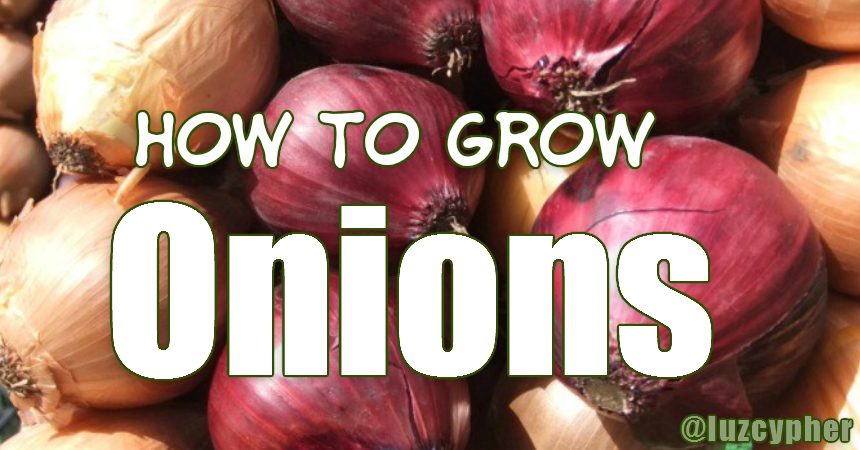
Onions can be grown a few different ways, either from transplants from onions sets, or you can start your own onion seeds.
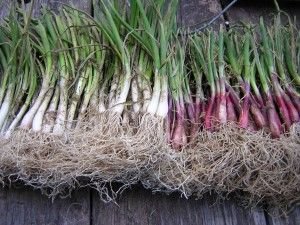
Onion sets are mini dormant onion bulbs which will grow into big onions. Onion transplants are live onion plants that look like scallions. And finally there's onion seed that you can plant and grow your own transplants.
Onions are classified as long day, short day or intermediate day. This is less confusing than it sounds.
The closer to the earth's poles you live, the more your hours of daylight vary throughout the year. Long day onions need daylight reaching 14 to 16 hours in order to bulb. Short day onions start to bulb when they get about 10 hours of daylight. Intermediate day varieties bulb up when the light is between 12 and 14 hours. Long story short, if you live in the North plant long day, in the South short day.
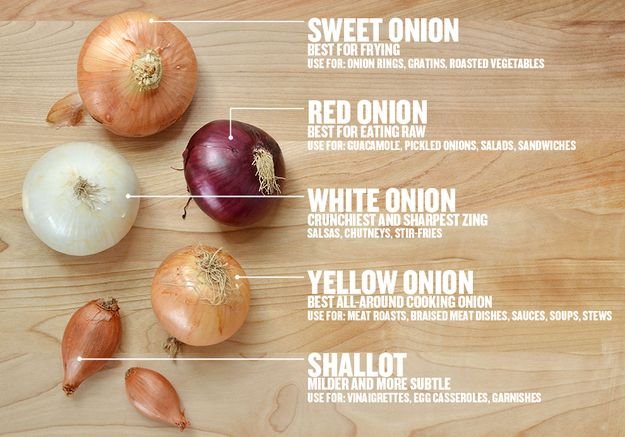
And immediate day just about everywhere. The only places intermediate day won't do well is South Florida or South Texas.
These tasty alliums can be planted in the spring or the fall, but between October and December is a great time to plant onions and leeks in just about everywhere in the U.S.
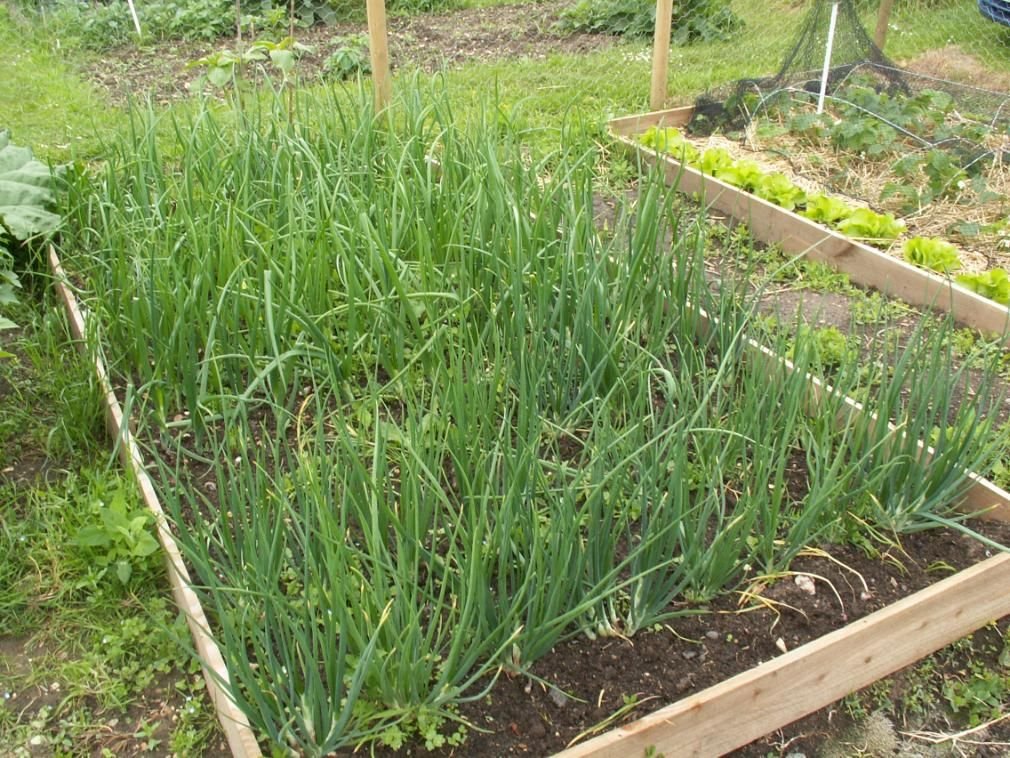
Gophers love onions, shallots, garlic and leeks, and I have gopher wire installed at the bottom of all of my raised beds. If you don't, I suggest you start with gopher wire as a first step. Use wire meant for gophers, it has smaller holes than chicken wire and is stronger than aviary wire. The wire is also galvanized to prevent it from rotting in the ground.
All of these plants are heavy feeders, so I'm going to be sure to add compost, blood meal for nitrogen, and bone meal for phosphorus. I add one cup of equal parts blood meal and bone meal to every 10 feet of row. Rows should be at least eight inches apart for onions and 24 to 36 inches apart for leeks.
Organic matter is important. Loose soil will help size up the bulbs, so I'm going to add some organic matter like compost.
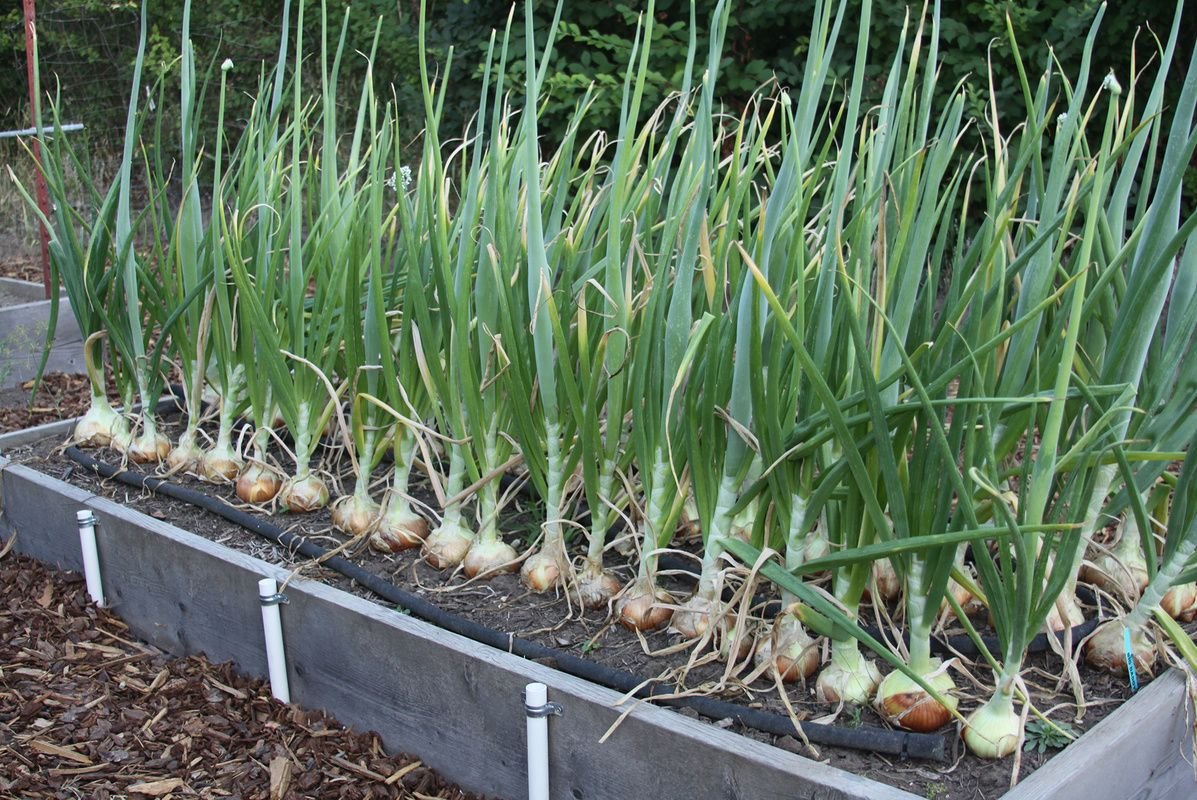
Onions can live up to 3 weeks from their bulb, so it doesn't matter what the tops look like, if the bulbs are nice and firm, the onions are viable.
I'm ready to plant the onion transplants. Before I plant I'm just going to trim the tops a little, back to the healthy green part.
Plant your onions about 4 to 6 inches apart, and about 1 to 2 inches deep. To plant your onion sets, you want to do the same spacing as the transplants, but you want to plant a little bit shallower.
Make sure that the little root hairs are pointed down. In colder climates, it's a good idea to use some mulch. I'm going to use straw.
For the leeks, I'm going to dig a 6 inch deep trench. As the leeks start to grow, I'm gonna start hilling them in order to blanch the stems.
Plant the leeks about 2 to 6 inches apart. Leeks send their leaves up exactly opposite one another, so you want to plant the leeks so that the leaves grow into the aisles, rather than into each other.
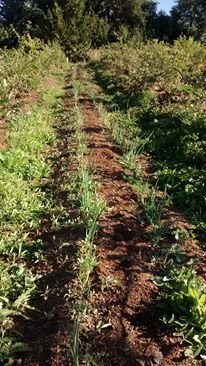
The leeks will be ready to harvest when they are about 2 inches in diameter. They're very cold hardy, but you want to make sure and harvest them before it gets too hot, or they might bolt.
For shallots, we are going to plant each individual bulb, which means we may need to separate the bulbs from one another. I'm going to plant the shallots about 7 to 9 inches apart. Plant them blunt, or hairy root side down, and make sure that the tops are just touching the surface of the soil.
Shallots will grow more bulbs from the central bulbs so make sure you give them adequate space. Also, since the tops are showing, some birds like pigeons get curious and might try to pull them up. If you have those kinds of birds in your area, I recommend putting down some bird netting.
Make sure you give your beds adequate water but don't over water, because that can cause the bulbs to rot.
Also, make sure your alliums are well weeded. You can grow weeds or you can grow alliums, but you can't grow both!
Your onions should be ready to harvest about mid-summer when about half the leaves start to turn yellow.
Then you just want to cure them for a couple of days in a partially shaded area and they'll be ready to store.
Onion Health Benefits
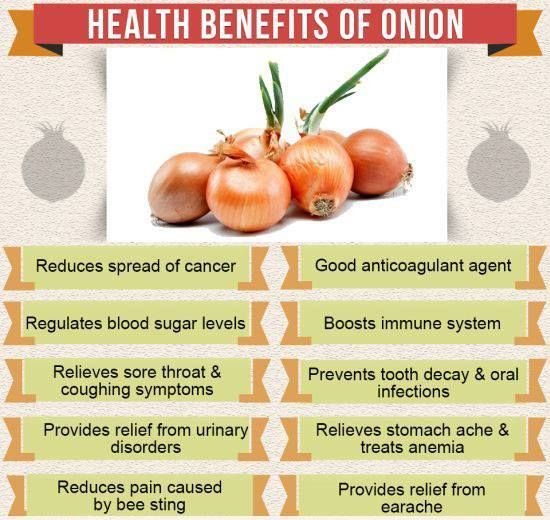
Never mind the tears they bring on–onions are an ace ally in your fight against disease. A prized member of the lily family, onions lavish you with health benefits while adding oodles of taste to your food. Not to mention you can buy a bundle from the grocery store for mere pennies.
Here’s a quick glimpse at their incredible health benefits:
- The phytochemicals in onions along with their vitamin C help improve immunity.
- Onions contain chromium, which assists in regulating blood sugar.
- For centuries, onions have been used to reduce inflammation and heal infections.
- Do you enjoy sliced onions with your food? If yes, rejoice! Raw onion lowers the production of bad cholesterol (LDL), thus keeping your heart healthy.
- A powerful compound called quercetin in onions is known to play a significant role in preventing cancer.
- Got stung by a honeybee? Apply onion juice on the area for immediate relief from the pain and burning sensation.
- Onions scavenge free radicals, thereby reducing your risk of developing gastric ulcers.
- Those bright green tops of green onions are rich in Vitamin A, so do use them often. credit

Which type of onions are the healthiest? Researchers from Cornell studied 11 onion varieties, and found that shallots and Western yellow onions were the healthiest for their phenolic and flavonoid content.
So enjoy your organic vegetables, and Grow Organic for Life!
Related Posts
How To Grow Beets --- by @luzcypher
How To Grow Strawberries --- by @luzcypher
How To Grow Lettuce For Your Home And Market --- by @luzcypher
How To Plant And Care For Artichokes In Your Garden --- by @luzcypher
How To Plant Potatoes For A Year Round Harvest --- by @luzcypher
The Magic Of Homemade Fertilizer Feeding Your Garden With Comfrey --- by @luzcypher
Benefits Of Garlic And How To Grow It In Your Garden --- by @luzcypher

